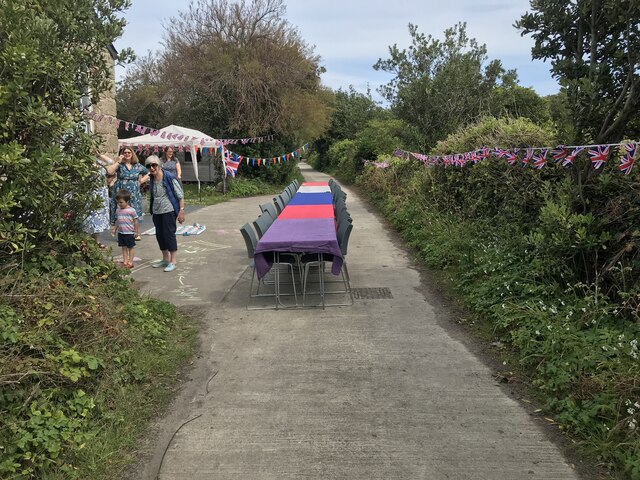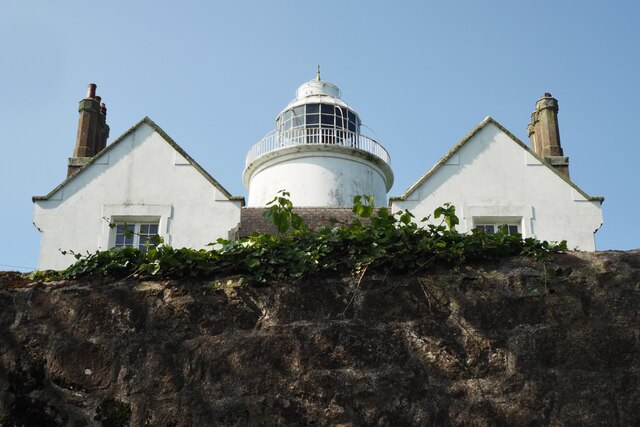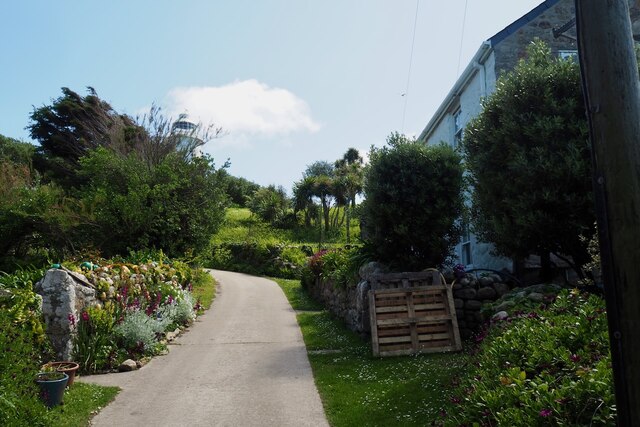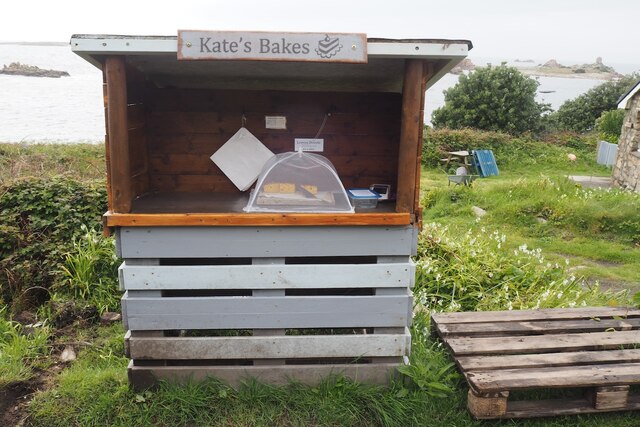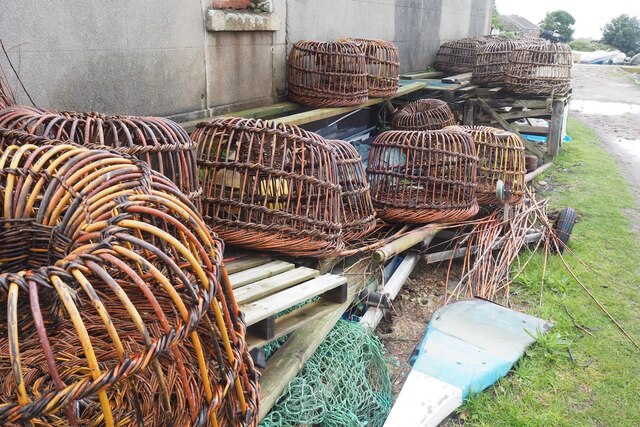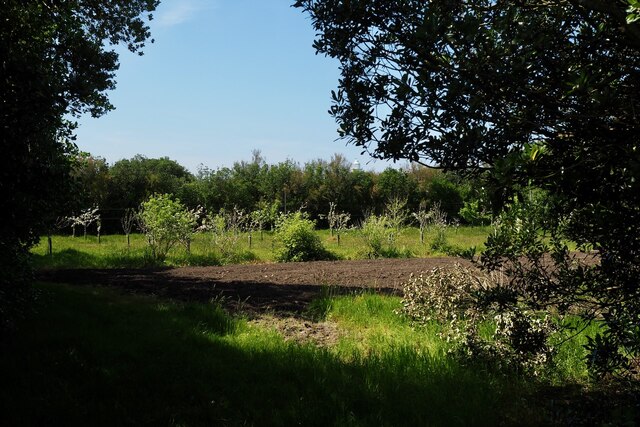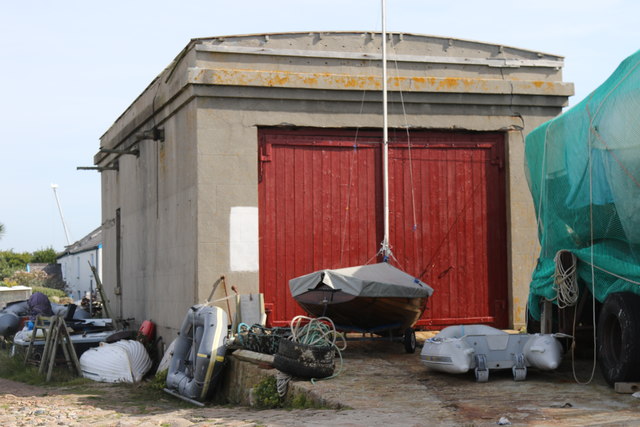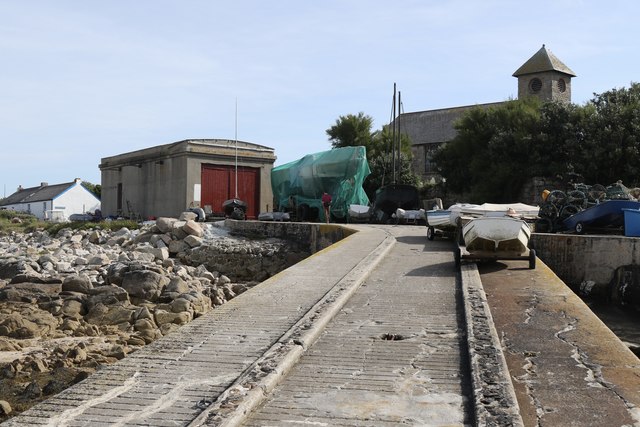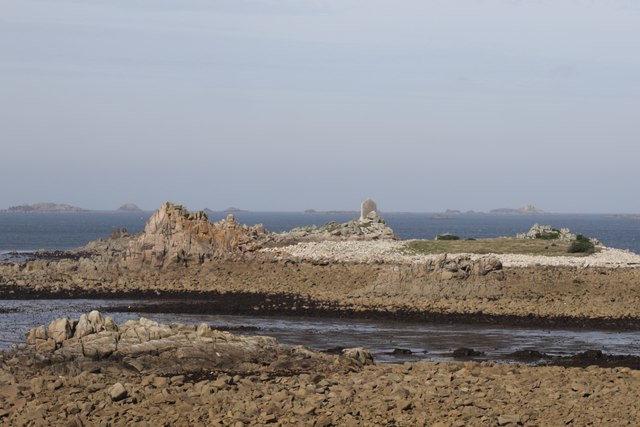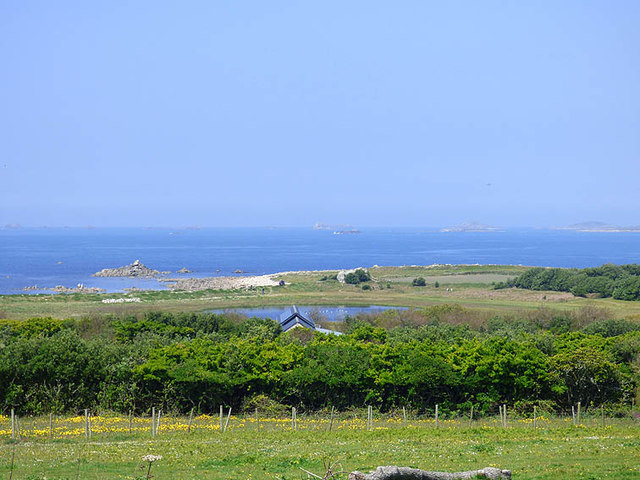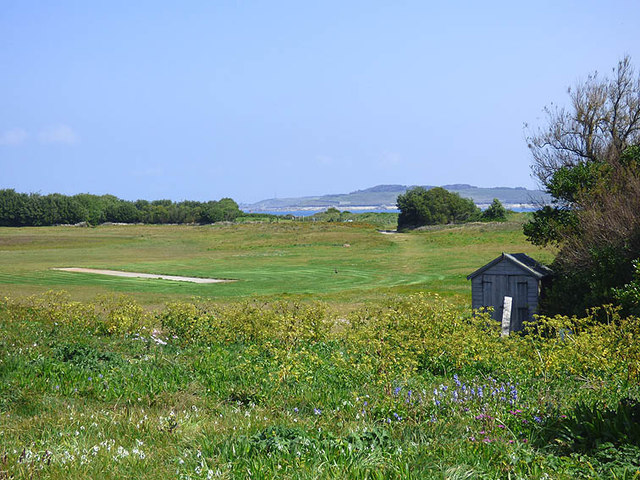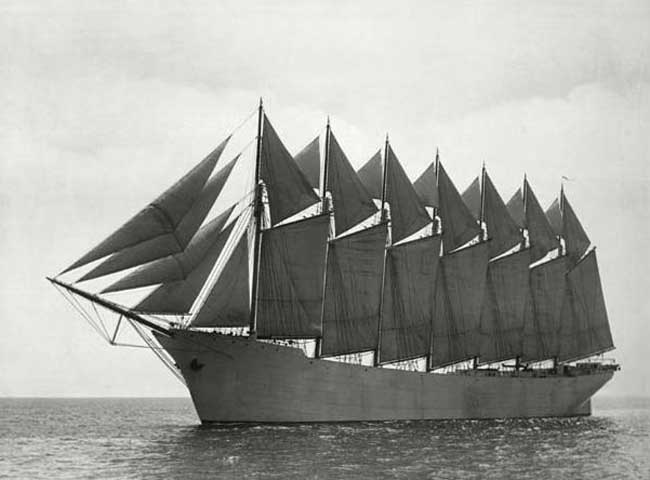Smith's Carn
Coastal Feature, Headland, Point in Cornwall
England
Smith's Carn
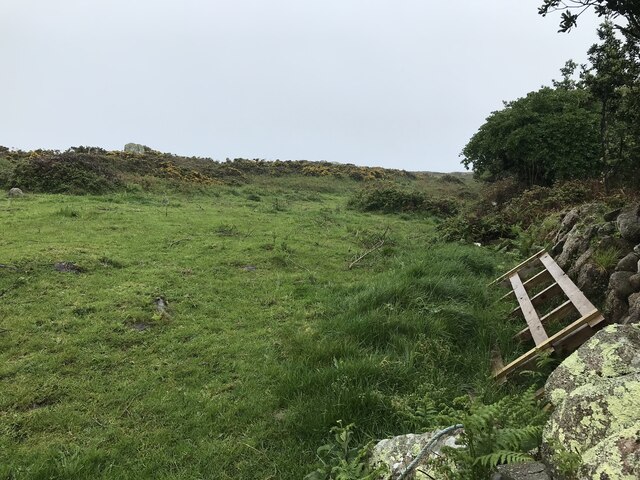
Smith's Carn is a prominent coastal feature located in Cornwall, England. It is a headland that juts out into the Atlantic Ocean, forming a distinct point along the coastline. The name "Carn" is derived from the Cornish word for a rocky hill or pile of stones, which accurately describes the rugged and rocky nature of this coastal formation.
The headland of Smith's Carn is characterized by its steep cliffs, which rise dramatically from the sea below. These cliffs are composed of sedimentary rocks, primarily sandstone and slate, which have been shaped over centuries by the relentless pounding of the waves. As a result, the cliffs exhibit distinctive layers and formations, providing valuable insights into Cornwall's geological history.
The point of Smith's Carn offers breathtaking panoramic views of the surrounding coastline, making it a popular destination for tourists and nature enthusiasts. From this vantage point, visitors can admire the vast expanse of the Atlantic Ocean, the crashing waves against the cliffs, and the picturesque coastal villages nestled along the shoreline.
Smith's Carn is also known for its diverse ecosystem, providing a habitat for a variety of marine and bird species. Seabirds such as gulls, cormorants, and puffins can be observed nesting on the cliffs, while seals and dolphins can occasionally be spotted swimming in the waters below.
In addition to its natural beauty, Smith's Carn holds historical significance. It is believed to have been a site of ancient human activity, with archaeological evidence suggesting that it was inhabited by early settlers thousands of years ago.
Overall, Smith's Carn is a captivating coastal feature that showcases the raw power of nature, the richness of its biodiversity, and the enduring presence of human history.
If you have any feedback on the listing, please let us know in the comments section below.
Smith's Carn Images
Images are sourced within 2km of 49.891907/-6.3669045 or Grid Reference SV8608. Thanks to Geograph Open Source API. All images are credited.

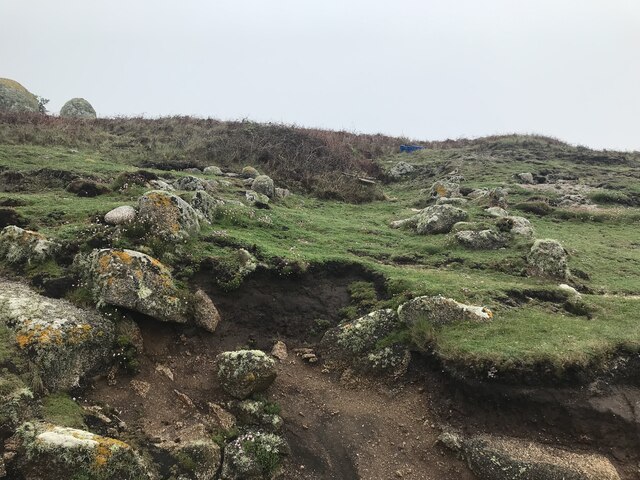
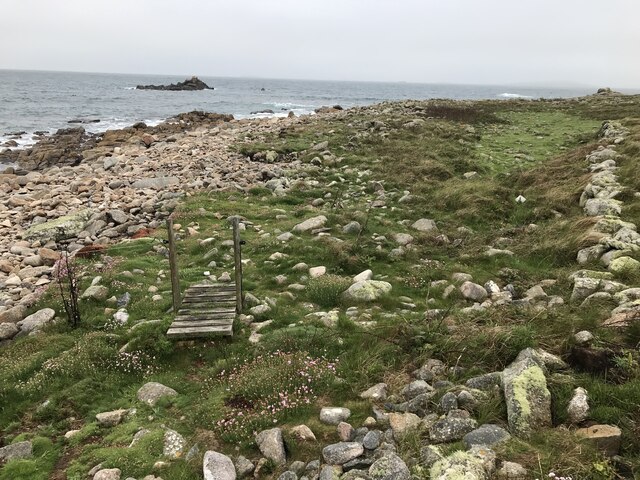
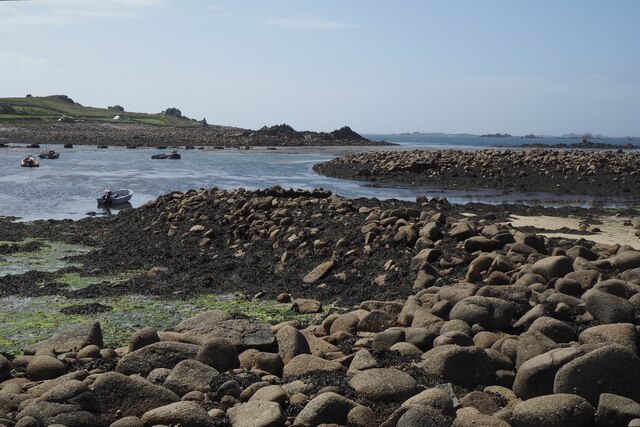
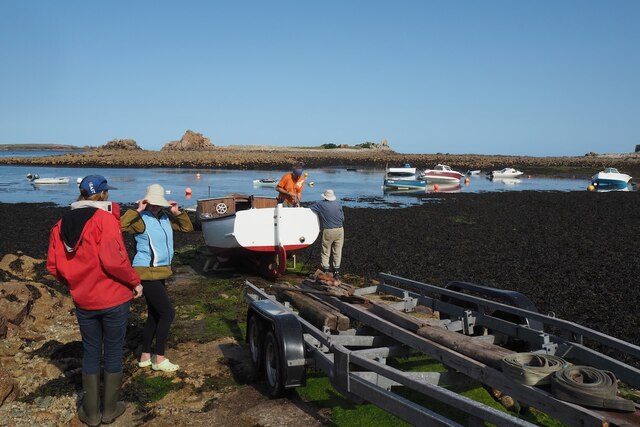
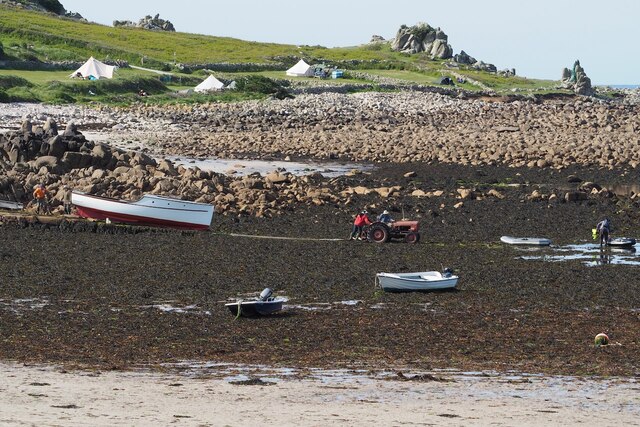
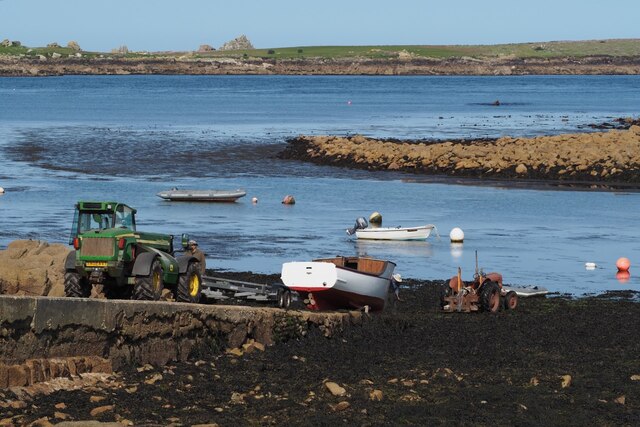
Smith's Carn is located at Grid Ref: SV8608 (Lat: 49.891907, Lng: -6.3669045)
Division: Isles of Scilly
Unitary Authority: Isles of Scilly
Police Authority: Devon and Cornwall
What 3 Words
///acoustics.tributes.framework. Near St Agnes, Isles of Scilly
Nearby Locations
Related Wikis
Annet, Isles of Scilly
Annet (Cornish: Anet, lit. 'kittiwake') is the second largest of the fifty or so uninhabited Isles of Scilly, 1 kilometre (0.62 mi) west of St Agnes with...
Burnt Island, Isles of Scilly
Burnt Island is a small, uninhabited island in the Isles of Scilly, Cornwall, United Kingdom. It is covered in thrift and long grasses. and is linked to...
Thomas W. Lawson (ship)
Thomas W. Lawson was a seven-masted, steel-hulled schooner built for the Pacific trade, but used primarily to haul coal and oil along the East Coast of...
St Agnes Lifeboat Station, Isles of Scilly
St Agnes' Lifeboat Station was situated in St Agnes, Isles of Scilly and provided a service for the Royal National Lifeboat Institution from 1891 to 1920...
Nearby Amenities
Located within 500m of 49.891907,-6.3669045Have you been to Smith's Carn?
Leave your review of Smith's Carn below (or comments, questions and feedback).
